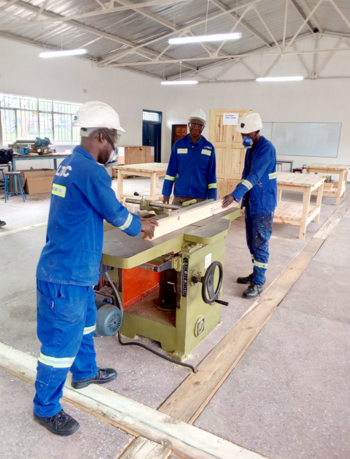CTVSD3/Introduction/Choose
By understanding who our learners are, we are better able to choose the tools to develop resources that will meet their needs. If your cohort has language or literacy barriers, then presenting information to them using visuals will be helpful. Watching a video rather than being expected to read text is going to be of more value to this cohort, especially if there are other tools available that can support translation. If your cohort is young, with some technology understanding and they are active in a social media platform, then making sure we use resources that share those platforms or mimic the social network aspects of web 2.0 will be useful.
In the course OARAS - Support (CTVSD5), we explore further how to best support our learners to achieve the outcomes of their learning by understanding the learner cohort who will be participating in the course.
How to choose resources for different modes of delivery
The environment in which our learners work through their course is just as important as what they are learning and how it is being delivered. We know how important it is understanding who our learners are when choosing resources to support their learning journey. The same applies when we are deciding upon modes of delivery.
A flipped classroom approach can be helpful to learners who share their time between study and employment, particularly if what they are studying has to do with their work. A flipped classroom is where content and activities are available through online or digital resources that the learners can complete outside class time, coupled with class time where the learners can work through group activities, assessments and put what they are learning into action in the face-to-face, bricks and mortar environment.
Some courses do extremely well, being delivered completely online, especially when there is distance between learners and their place of study, and where there are other commitments such as family, work, and other life demands.
Face-to-face, class-based or bricks and mortar refer to the way we are likely to be most familiar with seeing a course run. This mode is helpful when there are learners who may not have sound technological skills or who feel they need additional motivation or support.
Workplace delivery
Your learners will be hands on training in industry and the resources that they require in the workplace are the tools and procedures used to complete the job.
The resources that you will develop for your project course should be designed to enhance their workplace learning. These resources should be designed with the learner in mind. Consider the age of the learner, their previous work experience, their LLN level, their preferred language and how they best like to learn and be communicated with.
